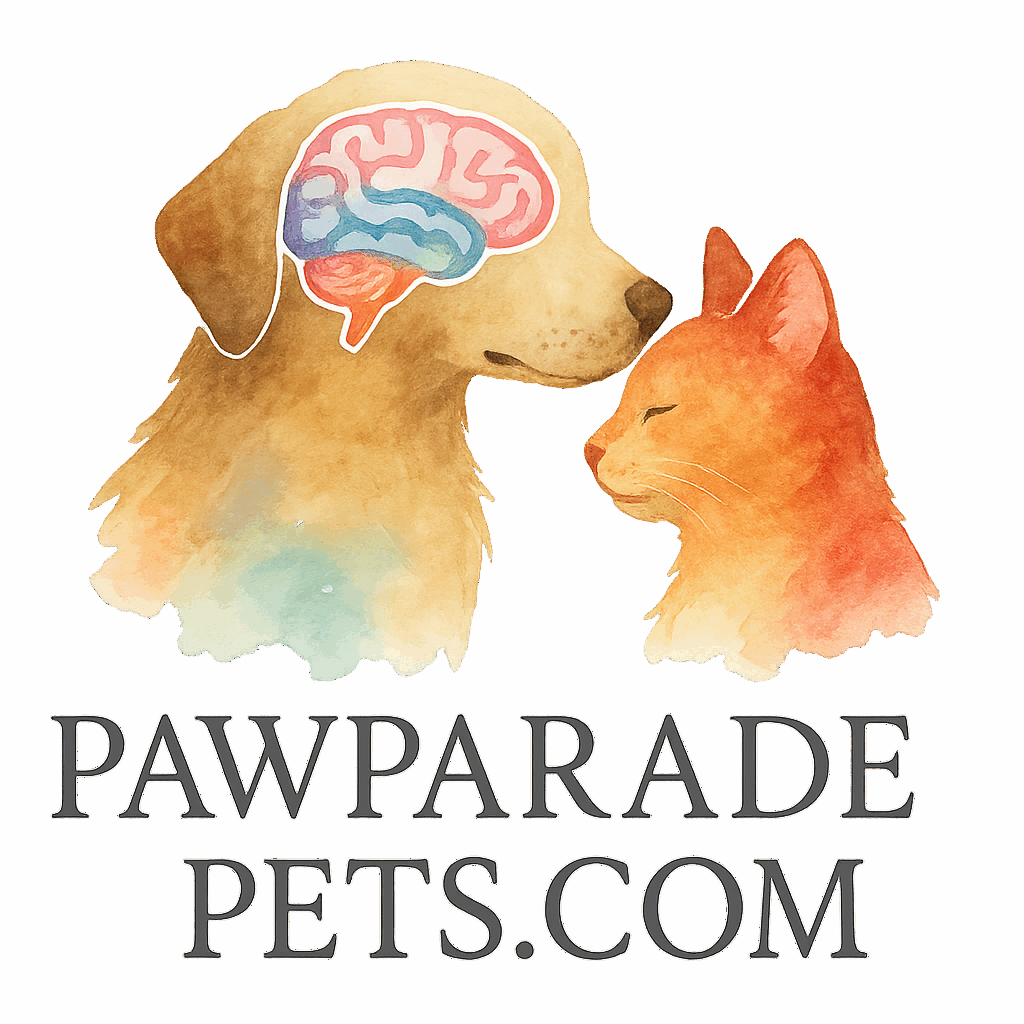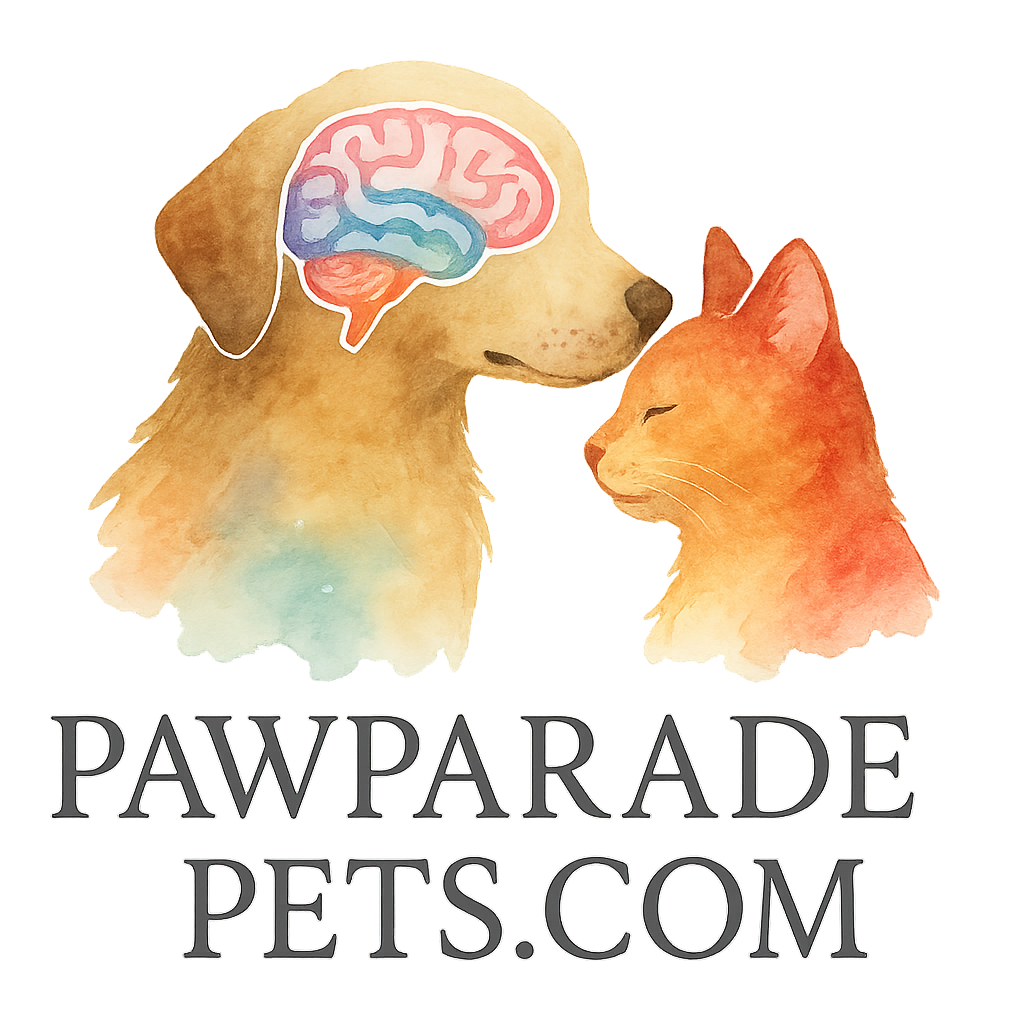You don’t need a fancy gadget or spend tons of money to keep your pet mentally sharp. What you do need is a little creativity, some common household items, and a playful mindset! Let’s dive into 8 brain game challenges for pets you can DIY—fun, interactive activities that boost your pet’s intelligence, reduce boredom, and enhance your bond.
Why Brain Games Are Vital for Your Pet’s Mental Health
The Science Behind Pet Brain Stimulation
Just like humans, pets thrive when their minds are stimulated. Mental activity strengthens cognitive function and slows cognitive decline, especially in aging pets. According to experts at Advanced Cognitive Challenges, brain games can even help prevent behavioral problems.
How Mental Activity Impacts Behavior
Stimulating your pet’s brain can significantly reduce destructive behavior. Think of it as giving their mind a workout—they’ll be too satisfied and tired to chew on shoes or dig up the garden!
How DIY Brain Games Boost Engagement
Affordable and Customizable Fun
You don’t need techy tools—just use what’s around the house. DIY games are low-cost, effective, and highly customizable for dogs, cats, and even more exotic pets.
Deepen the Bond Between You and Your Pet
Interactive games increase trust and communication between you and your furry friend. Plus, they’re a great way to sneak in some obedience training without your pet even realizing it. For more on this, check out our behavior and obedience guides.
1. Muffin Tin Puzzle Game
Materials Needed
- A muffin tin
- Tennis balls or similar-sized toys
- Treats
How to Play
Place treats in some (but not all) of the muffin cups, then cover each cup with a ball. Let your pet sniff and figure out which balls are hiding the reward.
Benefits of This Game
This one’s a great brain game challenge for pets who are new to puzzles. It encourages problem-solving, scent tracking, and paw-eye coordination.
2. Treat-Filled Towel Roll-Up
Materials Needed
- A towel
- Small treats or kibble
How to Play
Lay the towel flat, scatter treats on it, then roll it up. Your pet will unroll the towel with their nose or paws to find the goodies inside.
Benefits of This Game
This is a scent-based brain game challenge that’s simple yet rewarding, especially for pets who love digging or rooting around.
3. Box of Surprises
Materials Needed
- A cardboard box
- Tissue paper or soft packaging
- A few toys and treats
How to Play
Fill the box with crumpled paper, hiding toys and treats inside. Let your pet sniff, paw, and dig to discover the hidden treasures.
Benefits of This Game
This mimics natural foraging behavior and provides a mix of scent and tactile stimulation. Check out more games and activities for playful ideas like this.

4. Cup-and-Treat Shuffle
Materials Needed
- Three plastic cups
- One small treat
How to Play
Hide the treat under one cup, shuffle them around, and encourage your pet to pick the right one. Reward them when they get it right!
Benefits of This Game
This challenge boosts memory and visual tracking—perfect for smart pups or curious cats who love to watch your every move.
5. Scent Trail Adventure
Materials Needed
- Favorite treats or scent objects
- A clear walking area indoors or outdoors
How to Play
Create a scent trail using treats or a scented item, leading to a reward. You can zigzag or add small obstacles to make it tougher.
Benefits of This Game
Scent games engage natural instincts and encourage exploration. They’re excellent for intelligent, smart, and high-energy pets.
6. Frozen Treasure Hunt
Materials Needed
- Ice cube tray or muffin pan
- Water
- Small toys or edible treats
How to Play
Freeze treats or toys in water and let your pet figure out how to melt or break the ice to reach them.
Benefits of This Game
Perfect for hot days and excellent for pets who enjoy licking or chewing. Plus, it promotes patience and persistence—key traits for successful brain training.
7. Tug-of-War with a Twist
Materials Needed
- A rope toy
- Treats or a favorite toy
How to Play
Start a standard game of tug, but introduce a “drop” or “sit” command mid-game. Reward obedience with a treat or another round of tugging.
Benefits of This Game
This game integrates fun with obedience, teaching your pet impulse control and listening skills.
8. Command-and-Treat Relay
Materials Needed
- Space to move
- A variety of simple commands your pet knows
- Treats
How to Play
Ask your pet to complete a series of commands (like sit, stay, spin) before they earn a treat. Add new commands as your pet improves.
Benefits of This Game
It’s a mentally stimulating way to practice commands and build a richer training experience.
Tips for Making DIY Brain Games More Effective
Start Easy, Then Level Up
Introduce new games slowly and always begin with the easiest version. As your pet gets the hang of it, increase difficulty.
Rotate Challenges Regularly
To avoid boredom, rotate through different games each week. This ensures ongoing brain stimulation.
Add Verbal Commands and Rewards
Incorporate obedience training into the mix for even more value. For example, ask your dog to “sit” before they start a game.
Link Up With the Best Brain Training Resources
Where to Find More Brain Game Tools
Need a few more tools or inspiration? The Tools & Toys for Brain Training page is a treasure trove of clever gadgets and DIY ideas.
Connect With Expert Training Insights
Whether you want to dive into brain training basics or tackle advanced behavior, there’s something for every pet parent over at Paw Parade Pets.
Conclusion
So there you have it—8 brain game challenges for pets you can DIY using nothing more than a few household items and a lot of love. These challenges are more than just games—they’re tools for better behavior, smarter decision-making, and a stronger bond with your furry friend.
Mental stimulation is just as important as physical activity. And with these games, your pet gets the best of both worlds—fun and function all in one!
FAQs
1. How often should I do brain games with my pet?
At least 3–5 times per week is ideal. Variety is key!
2. Can I use these DIY games for cats as well?
Absolutely. Many of these brain game challenges work for both dogs and cats.
3. What if my pet gets frustrated?
Start simpler. Some pets need a little more encouragement and time to adapt.
4. Are brain games safe for puppies and senior pets?
Yes! Just be sure to match the difficulty level to their age and ability.
5. How long should each brain game session last?
Sessions of 10–15 minutes are great. You can do multiple short sessions a day.
6. Do I need special equipment to make these games?
Nope—just everyday household items like cups, towels, or boxes.
7. Where can I learn more about pet brain games and training?
Check out https://pawparadepets.com and explore tags like training, brain, and games for more inspiration.


